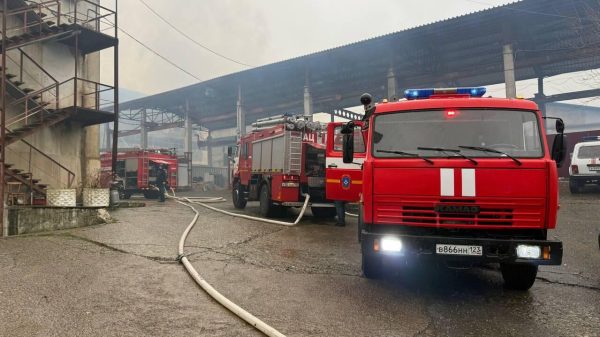Coronavirus infections in England have fallen by nearly a third since the country entered its second lockdown, swab tests on 105,000 volunteers have shown.
There was a 30% drop in cases across the country over almost a fortnight this month, with 96 people infected per 10,000 between 13-24 November, down from 132 per 10,000 between 26 October and 2 November.
The R number, which shows the level of transmission, is now 0.88. Any figure above 1 means the virus is growing exponentially.
The findings, from the government-funded React mass surveillance study, have been welcomed as proof that both the England-wide lockdown that began on 5 November, and the system of different tiered restrictions that preceded it, succeeded in reducing transmission of the virus.
The proportion of people infected in the English areas worst affected in the pandemic’s second wave – the north-west, north-east, and Yorkshire and the Humber – have fallen dramatically.
The study found the percentage of the population infected has more than halved in both the north-west – down from 2.53% to 1.08% – and in the north-east, down from 1.88% to 0.72%. In Yorkshire and the Humber, it fell from 1.8% to 1.17%.
The study, undertaken by Imperial College London and polling experts Ipsos Mori, has produced regular reports during the pandemic on infection rates in England.
“Our robust data offers encouraging signs for England’s epidemic, where we’re seeing a fall in infections at the national level and in particular across regions that were previously worst affected,” said Prof Paul Elliott, the director of the real-time assessment of community transmission programme at Imperial.
“These trends suggest that the tiered approach helped to curb infections in these areas and that lockdown has added to this effect.”
Infections remain high in the Midlands, however. The West Midlands has the highest proportion of infections of any region in England, at 1.55% – down just 0.01 percentage points since the previous React study.
The fall in the east Midlands was also small, from 1.31% to just 1.27%. That means 155 people and 127 people respectively per 10,000 of population are infected in those regions.
On 29 October, the React study underlined the extent of the second wave then unfolding when its results showed infections were rising in every part of England and that 96,000 people a day were getting the virus.
Responding to the latest findings, Matt Hancock, the health secretary, said: “Thanks to the huge efforts of the public over the last few weeks, we have been able to get the virus more under control.
“This latest data shows we must keep our resolve and we cannot take our foot off the pedal just yet, despite the encouraging fall in cases and progress on vaccines.”






















































Свежие комментарии